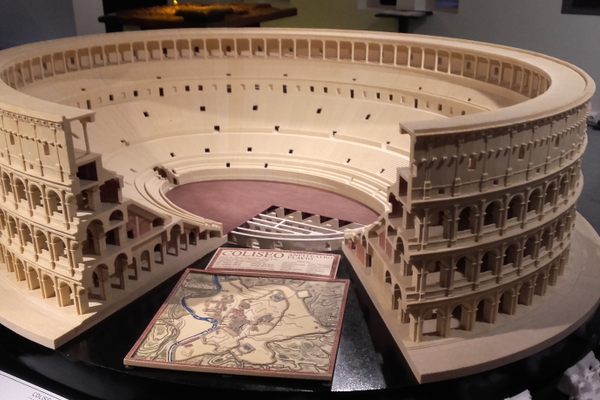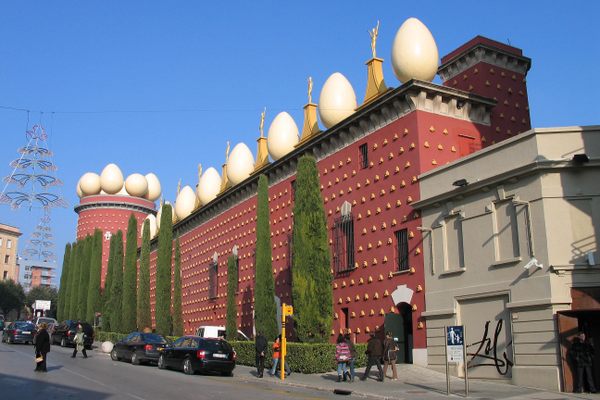About
Built in 1888 as a summerhouse, Otto Wagner's villa was always considered a peculiar place. The plans for Villa Wagner I, which included a bowling alley in the garden, an opulent external staircase, and an orangery, were first exhibited in Berlin and immediately got the public's attention.
The house became the site of events welcoming many of Wagner's famous friends from the Austrian art scenes. Gustav Klimt, Josef Hoffmann, Gustav Mahler, and other famous names from the Vienna Secession movement spent time inside the villa's walls. Unfortunately, after this period, the site was taken over by the Nazis during World War II, and the estate entered a period of decline. It was even considered for demolition around the 1960s.
Despite it falling into some disrepair, Austrian painter Ernst Fuchs purchased the site in 1972. He spent two years renovating the site before opening it to the public. The renewed villa integrated a look inspired in part by Wagner's style, as translated by Fuchs's personal vision.
Today, the villa is home to the Ernst Fuchs Museum, and visitors can explore two floors fully stuffed with custom-made furniture and artwork, including large-scale paintings, customized fabrics, and erotic bronze statues. An outstanding fountain house, a small gallery, and a cafe with an extravagantly styled esplanade combine to make the entire estate a tribute to Fantastic Realism.
Related Tags
Know Before You Go
Ernst Fuchs-Museum [Otto Wagner Villa] is open from Tuesday to Sunday, from 10 a.m. to 4 p.m. The entrance cost is EUR 11, or EUR 8 with the Vienna Card. Despite being far from the city center, it's easily reachable by public transports. Take the U4 to the Hütteldorf stop and look for the 52 bus stop. There you can get any bus to Campingplatz Wien West, and the house will be a five-minute walk away. Also, just next to Ernst Fuchs Museum there's another Otto Wagner villa, way smaller and minimalist, but also worth a look from the outside. In the same neighborhood, you can also find Friedhof Hütteldorf where Ernst Fuchs is buried under an eccentric grave.
Published
September 25, 2019
































































